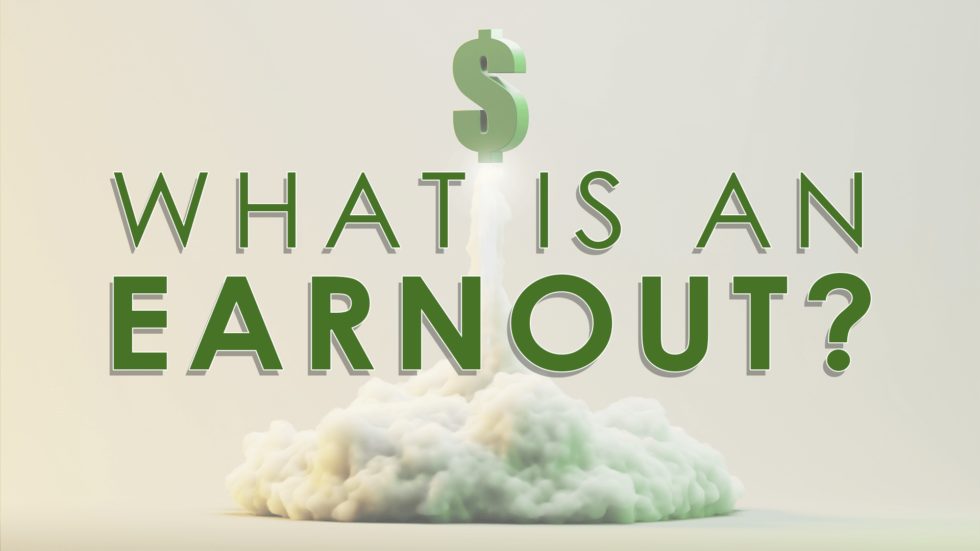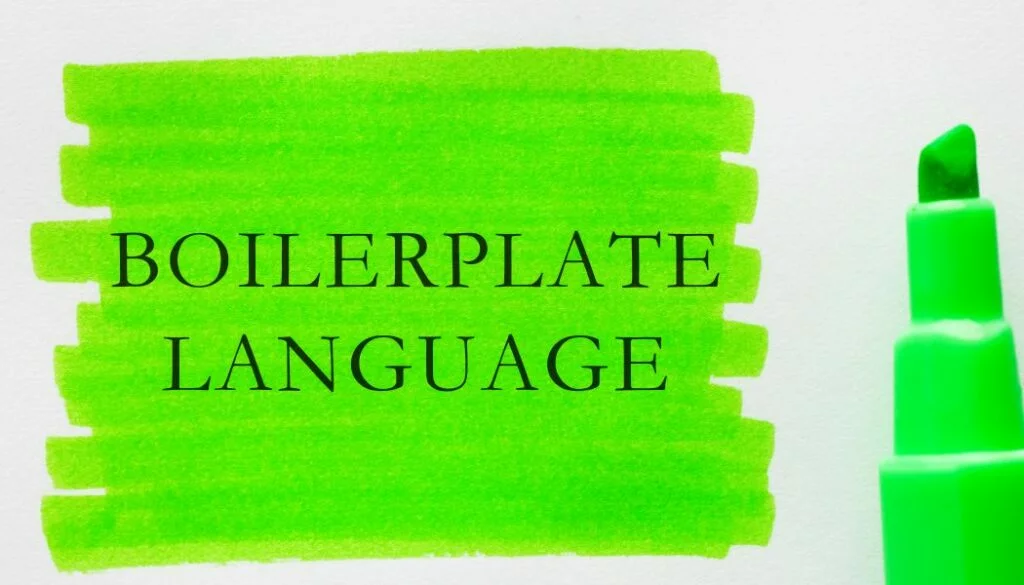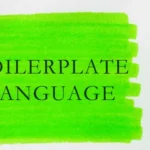PIK Borrowers
PIK interest loans benefit borrowers when they have significant growth potential but temporary cash constraints, need to conserve cash in periods of underperformance, or face a lack of equity funding or uncertain liquidity options. These types of borrowers are not serviced by traditional banks or ABL lenders.
Borrowers seeking PIK interest loans in the current market are struggling to raise equity capital at lower valuations than their equity holders will approve. Moreover, the high-interest rate environment makes refinancing non-traditional loans even more difficult. A variety of venture-backed and other loans issued in the past two years particularly will need additional PIK interest loans because preserving cash while equity valuations decline spells trouble. It is safe to assume many venture-backed companies failed to meet critical performance, equity, or liquidity milestones in their current loan documents that are amortizing over their terms.
With valuations too low to justify exits that would repay outstanding loans, borrowers are seeking PIK interest alongside amortization and maturity extensions. In so doing, (1) immediate relief is obtained while (2) a long-term strategy to a successful exit can be continued. Borrowers need to work with their lenders while candidly discussing addressing financial and other constraints. Borrowers also need to remind their equity holders that a bolted-on PIK interest note will decrease their anticipated returns.
PIK Lenders
As noted above, lenders are being ask for PIK interest notes and PIK amendments to existing notes to avoid deploying cash to pay down debt. Lenders intuitively understand that these requests requiring added risks and costs even if no additional principal is made available. Lenders must ask themselves why they should not move forward with foreclosure or other remedies.
Non-PIK interest and PIK interest lenders may hold greater power; however, if they abuse that power they run the risk of borrowers deciding to wind down their operations with little or no funds in their accounts. Threatening traditional remedies like seizing collateral or cash might seem appealing but they may lead straight to a bankruptcy filing by the borrower. Playing nice to preserve enterprise value may be more beneficial than exercising rights and remedies that will diminish the value of collateral and the business as a whole.
Equity Holders and PIK Interest Notes
The immediate cash flow relief benefit created by PIK interest notes or amendments often create challenges for equity holders. More proceeds will be allocated to the debt payoff at closing, which leaves less money to distribute to equity holders–the return on equity can be significantly decreased. Moreover, the ever-compounding PIK interest decreases the valuation of the company, which results in lower valuations for future equity raising rounds. An equity holder is stuck in a difficult position when voting on the company’s course of action when a PIK interest loan is evaluated. Of course, the equity holder could provide the requisite funds….if they have the funds and still have confidence in the company’s future.
Conclusion
Borrowers, lenders, and equity holders can achieve positive outcomes using PIK interest notes. By the same token, PIK interest notes can become holes that impossible to dig out of for one or more of the parties involved.
David Seidman is the principal and founder of Seidman Law Group, LLC. He serves as outside general counsel for companies, which requires him to consider a diverse range of corporate, dispute resolution and avoidance, contract drafting and negotiation, and other issues.
He can be reached at david@seidmanlawgroup.com or 312-399-7390.
This blog post is not legal advice. Please consult an experienced attorney to assist with your legal issues.














